

The first action in this initiative is changing the name of Canada Geese to America Geese

The first action in this initiative is changing the name of Canada Geese to America Geese

The compliance date extension affords covered entities the additional time necessary to ensure complete coordination across the supply chain in order to fully implement the final rule’s requirements

The CCT Tool, an online searchable database providing a consolidated list of contaminant levels (e.g., tolerances, action levels, and guidance levels) that are used to evaluate potential health risks of contaminants in human foods
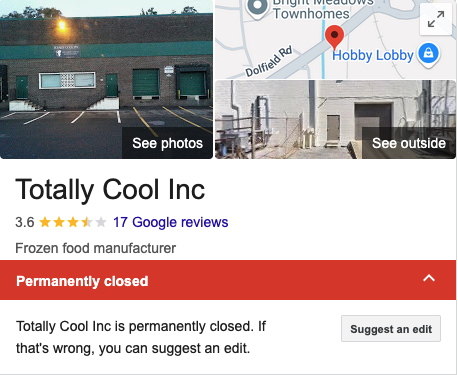
In 2024, Totally Cool Inc., a Maryland-based company recalled over 60 ice cream products sold under brands like Friendly’s, Hershey’s and ChipWich due to potential listeria contamination
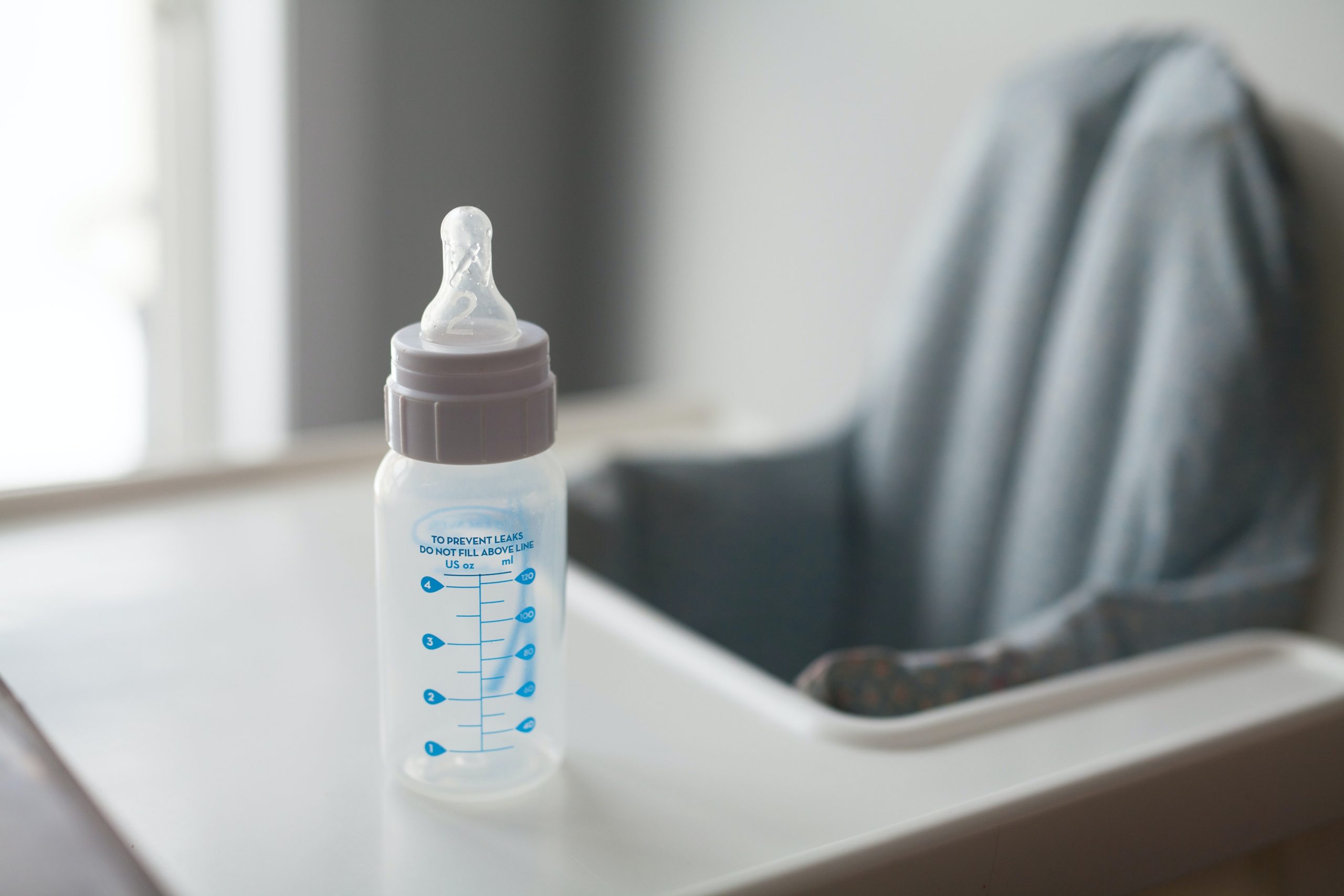
The FDA uses its authorities, both longstanding and newly granted, to uphold the safety, nutritional adequacy and resilience of infant formula and the infant formula supply.

The FDA is sharing interim results from its ongoing sampling of 60-day aged raw milk cheese
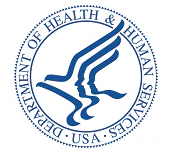
Eliminating GRAS would require companies seeking to introduce new ingredients in foods to publicly notify the FDA of their intended use of such ingredients, along with underlying safety data, before they are introduced in the food supply. Mr. Kennedy also warned food companies that they should anticipate significant change as a result of his quest for “getting the worst ingredients out” of food.
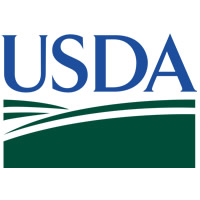
All terminated probationary employees will be placed in pay status and provide each with back pay, from the date of termination

Two key food safety advisory committees have been terminated—the U.S. Department of Agriculture’s (USDA’s) National Advisory Committee on Microbiological Criteria for Foods (NACMCF) and National Advisory Committee on Meat and Poultry Inspection (NACMPI).
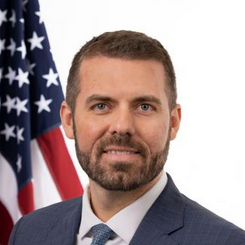
Florida attorney Kyle Diamantas had focused his practice on civil litigation and regulatory compliance, with an emphasis on FDA, FTC, and state equivalent regulatory and compliance issues and disputes. He replaces Jim Jones, who resigned on February 17, 2025